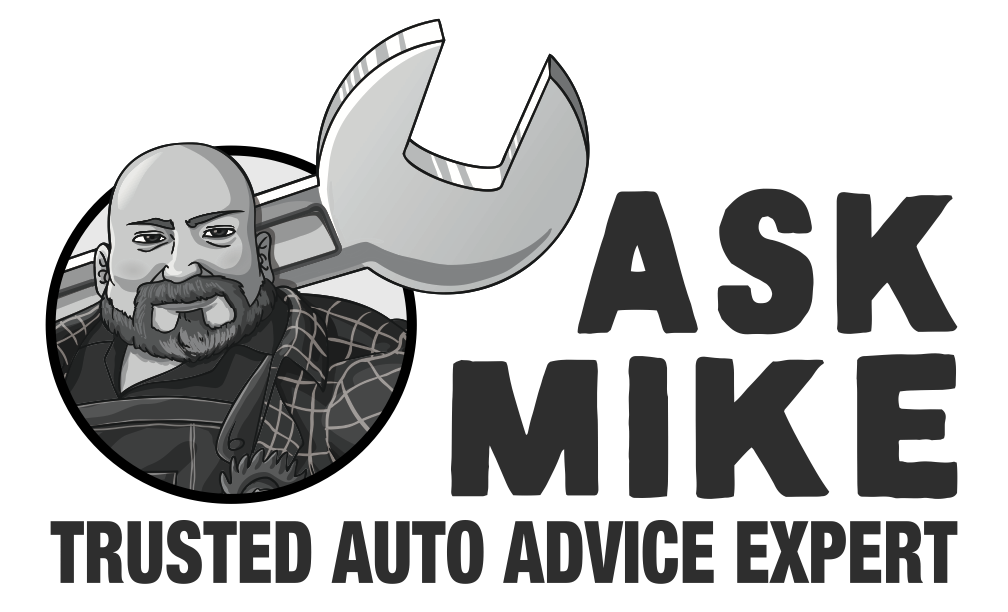Dear Mike,
I’m a new driver and I just realized that I have no idea how much air pressure to put in my tires. I tried to read the numbers on the tire but it just confused me even more. Can you explain how I can figure out the correct amount of air pressure for my vehicle’s tires?
Sincerely,
Astrid
Dear Astrid,
Firstly, congratulations on taking the plunge and getting behind the wheel! You’re officially on your way to becoming a car enthusiast like the rest of us.
Now, onto your question. Knowing the correct tire pressure for your vehicle is an essential part of maintaining your car’s performance. But don’t worry, it’s not rocket science – or even car science. It’s just basic tire science.
As you mentioned, the recommended tire pressure for your car can usually be found on a sticker inside the driver’s door or in your owner’s manual. It’s usually around 32 psi to 35 psi for most passenger cars.
But, before we continue, let’s just make sure we’re on the same page about tire pressure. It’s measured in pounds per square inch, or psi. So, if you see a number on the tire itself, that’s the maximum pressure the tire can hold, not the recommended pressure for your vehicle.
Now, the reason it’s important to have the correct tire pressure is because it affects everything from gas mileage to handling to tire life. Overinflation can give you a bumpy ride, while underinflation can cause premature wear and tear.
So, to get the most consistent and accurate reading of your tire pressure, make sure you’re checking it when your tires are cold. That means either first thing in the morning or after they’ve been parked for a few hours. This will ensure that the heat generated from friction between the tires and the road doesn’t affect your reading.
Once you’ve located the recommended tire pressure for your vehicle, it’s time to fill ‘er up. You’ll need a tire pressure gauge and an air pump, either at a gas station or at home.
When you’re filling up your tires, make sure you’re inflating them to the recommended pressure and not the maximum pressure listed on the tire itself. This can be a bit confusing, but just remember that the recommended pressure is what will give you the best gas mileage, handling, and tire life.
And finally, if all else fails, you can always take your car to a professional and let them handle the tire pressure. But since you’re a new driver, I recommend using this as an opportunity to learn a bit more about your car and how it works.
I hope that helps, Astrid! And remember, keep an eye on your tire pressure and your car will be good to go.
Best,
Mike Urban
